Service hotline
+86 0755-83975897
Release date:2024-11-07Author source:KinghelmViews:2178
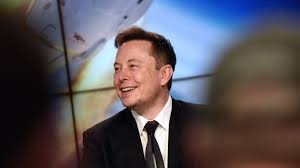
In the ever-evolving landscape of technology, Elon Musk’s latest prediction has caught the attention of tech enthusiasts and industry experts alike. Musk envisions a future where humanoid robots could become as ubiquitous as smartphones, predicting that 10 billion humanoid robots could exist by the year 2040. This bold forecast suggests a significant shift in the role of robots in our lives, with the potential for robots to even surpass the success of Tesla's automotive and Full Self-Driving (FSD) technology. As we explore Musk’s vision, we consider what this could mean for various industries, the economy, and society as a whole.
1. Humanoid Robots as a Major Industry
If Musk’s prediction comes to fruition, humanoid robots could become one of humanity’s most influential industries, reaching a scale that few imagined possible. This would involve mass production, advanced robotics capabilities, and the need for robust software to support these robots’ functionalities. While Tesla has focused on vehicles, the potential for humanoid robots might steer the company toward becoming a leader in personal and industrial robotics, impacting industries like healthcare, logistics, manufacturing, and domestic assistance.
2. Everyday Use and Integration
The rise of humanoid robots could redefine how we work, live, and interact with technology. Musk imagines robots as integral parts of our homes and workplaces, performing tasks that range from mundane household chores to complex, skill-intensive roles in industrial environments. Just as smartphones and the internet have become everyday essentials, robots could become indispensable assistants, transforming daily tasks and reducing time spent on repetitive work.
The human-robot interaction will also be critical. If robots can develop effective ways to communicate and cooperate with humans, it could create new possibilities in personal care, entertainment, learning, and more.
3. Economic and Job Market Impact
A world with 10 billion humanoid robots would undoubtedly have significant economic implications. The integration of robots on such a massive scale could drive productivity gains across industries, potentially reducing costs and improving efficiency in sectors that rely on human labor. However, it could also mean a shift in the job market, with certain jobs becoming obsolete and new roles emerging in robot design, maintenance, and software development. As robots take on more tasks, upskilling and reskilling the workforce will become essential to ensure that humans remain actively engaged in the economy.
4. Societal Implications and Challenges
The prospect of humanoid robots raises questions about ethics, privacy, and societal impact. How will society manage the transition to a world where robots are commonplace? There is also the challenge of ensuring that robots act in ways that are aligned with human values. Regulations and ethical guidelines around the deployment and behavior of robots will be crucial to address concerns about privacy, job displacement, and even the potential misuse of robotic technology.
5. Technological Advancements Needed
Achieving Musk's vision requires significant advancements in AI, machine learning, robotics hardware, and sensor technology. Current AI models have made strides in understanding and interacting with the world, but more progress is needed to develop humanoid robots capable of adapting to complex environments and tasks. Musk’s vision emphasizes the importance of continued research and development in these areas to overcome the technical challenges of creating highly functional, adaptable robots.
Conclusion
Elon Musk’s prediction of 10 billion humanoid robots by 2040 presents a future where robots could become an essential part of daily life. This vision challenges us to rethink the future of technology, work, and human-robot interaction. While the potential for enhanced productivity and convenience is exciting, it’s important to address the societal and ethical implications of such a significant change.
As we move closer to this future, industries and policymakers must collaborate to ensure that the integration of humanoid robots benefits society as a whole. Only by preparing for the technological, economic, and ethical challenges can we fully embrace the potential of a world transformed by humanoid robots.
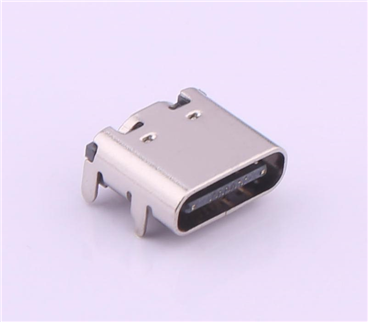




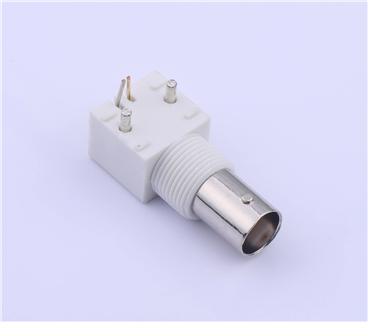
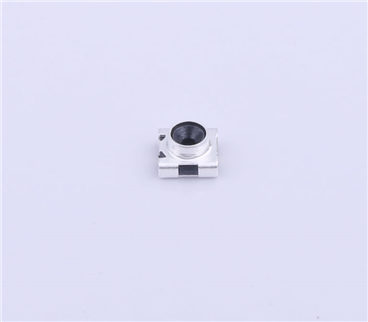
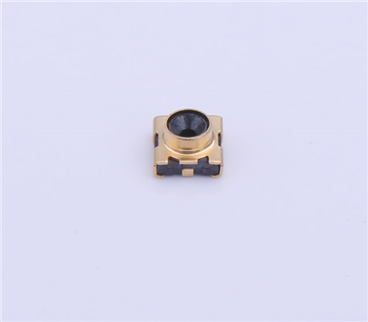
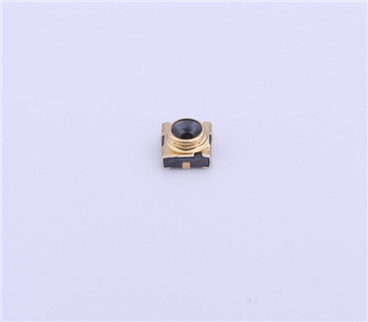

Copyright © Shenzhen Kinghelm Electronics Co., Ltd. all rights reservedYue ICP Bei No. 17113853